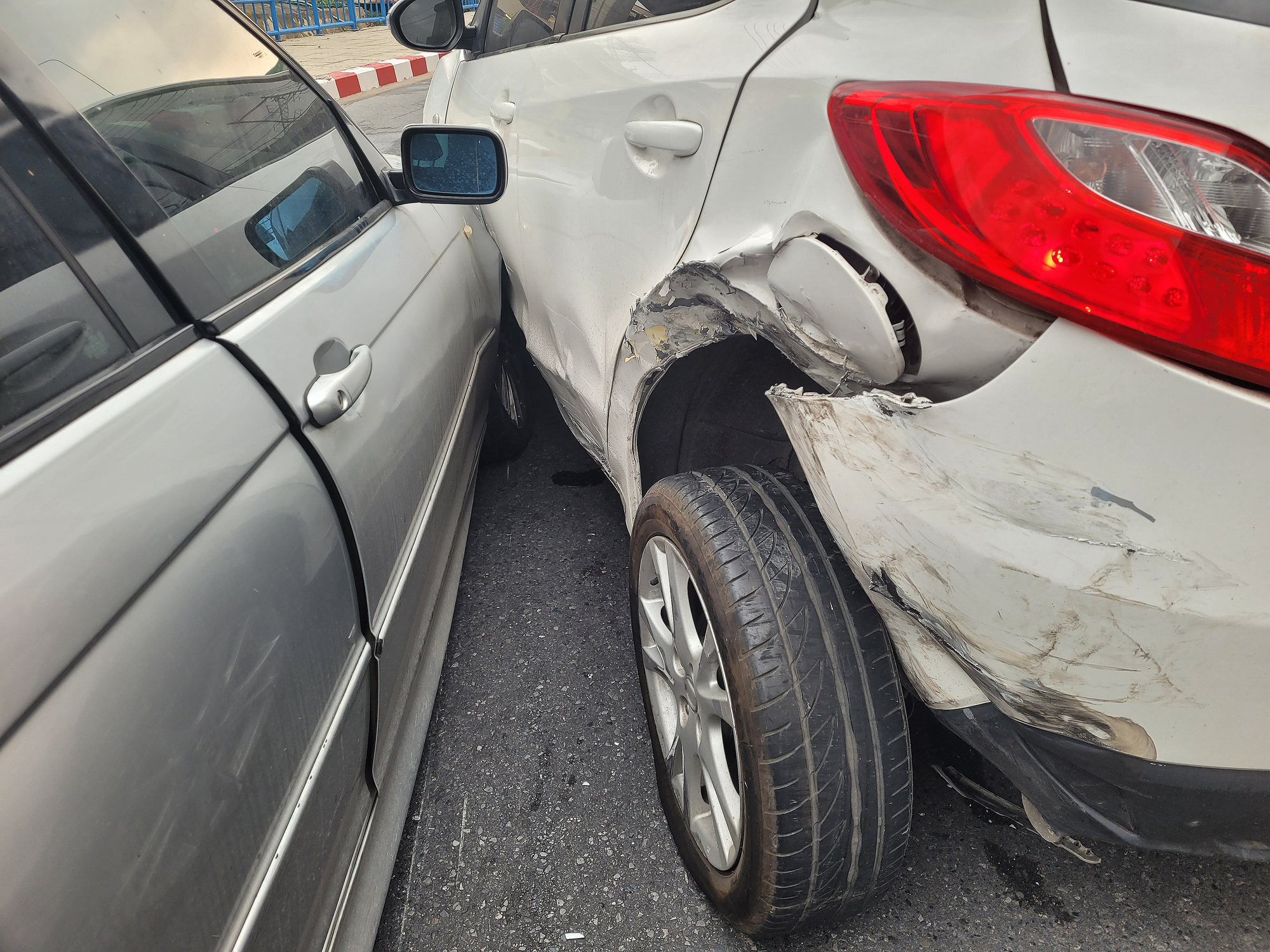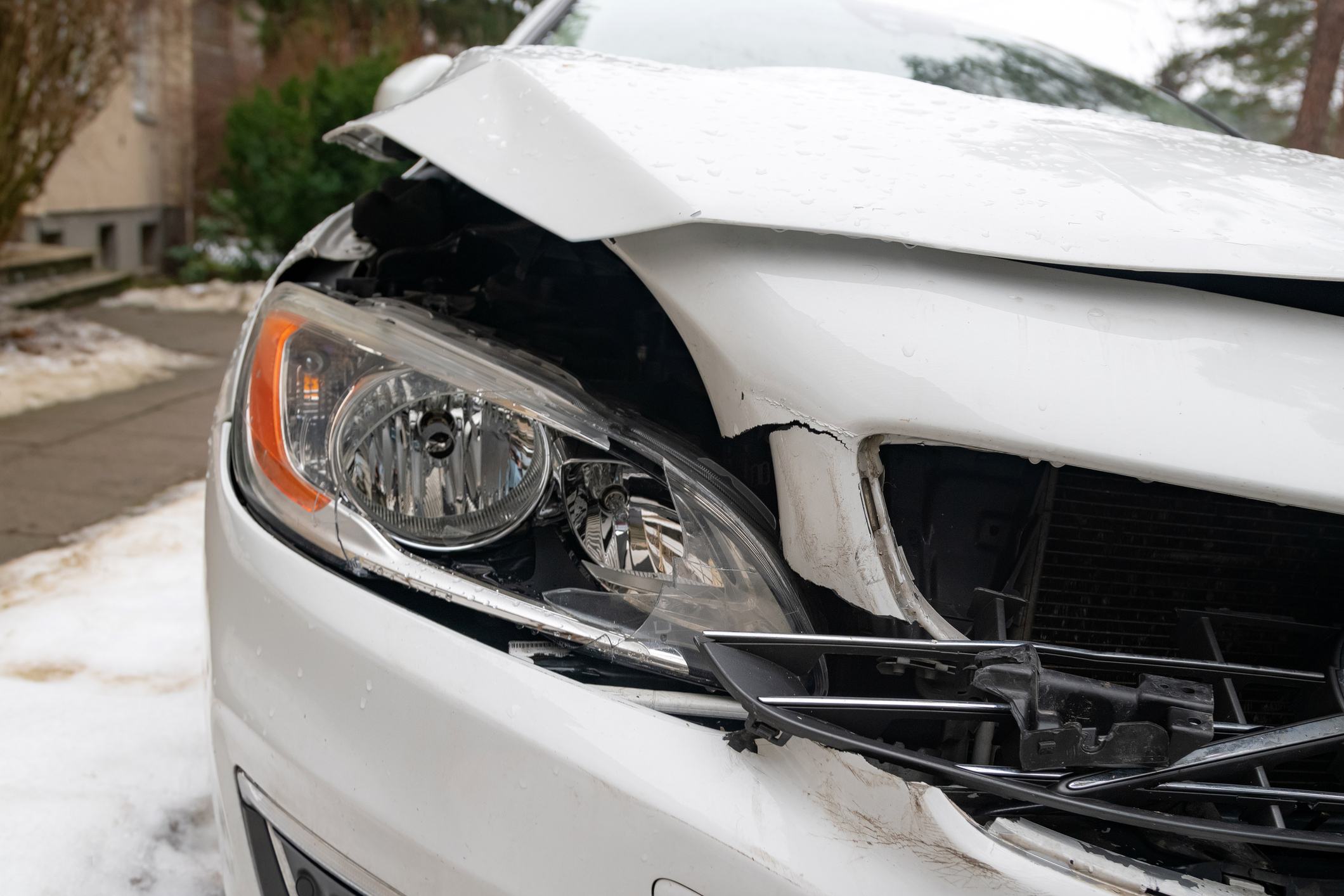Uncertainty abounds when it comes to the winter weather forecast in Kansas. The Wichita Eagle reports prognosticators can’t agree on whether we should expect a mild winter or above-average snowfall. Ice and snow also bring plenty of uncertainty when it comes to the risk of winter accidents in Wichita. Just recently, KAKE News reported that icy conditions on Interstate 70 caused a fatal Kansas crash when a pickup truck, occupied by a woman, her two daughters and a friend, slid off an icy bridge. All four tragically died.
Likewise, pedestrians who have to negotiate icy, snow-covered parking lots and sidewalks are left to question who is responsible for injury in the event of a fall. In most situations, the property owners are responsible for keeping walkways clear and safe during the winter months.
Power outages are also common in the winter, and they can impact red lights, street lights and other traffic-control and safety devices. Damage to structures, trees and other vegetation can cause road hazards, including downed power lines. Ice and snow can even accumulate on roofs – particularly large box stores – with enough weight to result in cave-ins.
Black ice can increase the risk of injury for motorists and pedestrians navigating sidewalks, parking lots, roadways and bridges.
Dangerous winter storms have grown more common in recent years
The National Weather Service reports all but one of the five worst ice storms in Kansas history have occurred in the last 20 years, including the December 2007 storm that impacted virtually the entire state. In 2005, an ice storm resulted in disaster declarations in 56 counties.
Kansas law does little to protect pedestrians or motorists from harm caused specifically by failure to remove snow or ice. However, that does not mean responsible parties cannot be held accountable by other laws when recklessness is involved or a duty of care can be identified.
The Kansas Department of Transportation is responsible for clearing and salting the state’s 10,000 miles of road. But motorists must also do their part to reduce the risk of winter-related accidents, and must use special care in parking lots, at intersections and in other high-risk locations.
The Kansas Highway Patrol provides the following safe-driving tips:
- Prepare your vehicle. The winter months are not the time to be dealing with mechanical issues resulting from neglect of routine maintenance. Have your car serviced and make sure the battery, tires and fluid levels are ready for the increased demand of winter travel.
- Allow extra time for delays and slower travel.
- Increase your following distance.
- Make slow turns.
- Take the time to thoroughly clear your windshield of ice and show.
- Learn proper steering and braking techniques to counter a skid. Gently steering into the skid and smoothly applying the brakes is generally the best way to recover from a near accident.
- Always give pedestrians the right of way, whether at a crosswalk or in a parking lot.
- Consider packing an emergency kit in your car in case you get stranded. Many safety advocates advise that staying with your vehicle until a storm threat has passed is generally your safest course of action.
Determining cause of an injury caused by an accident and identifying at-fault parties requires an experienced Wichita auto accident law firm. Motorists and others with a duty of care may be held responsible for resulting injuries. However, documenting conditions and seeking timely qualified legal advice are essential in such cases as the evidence may literally melt away.





